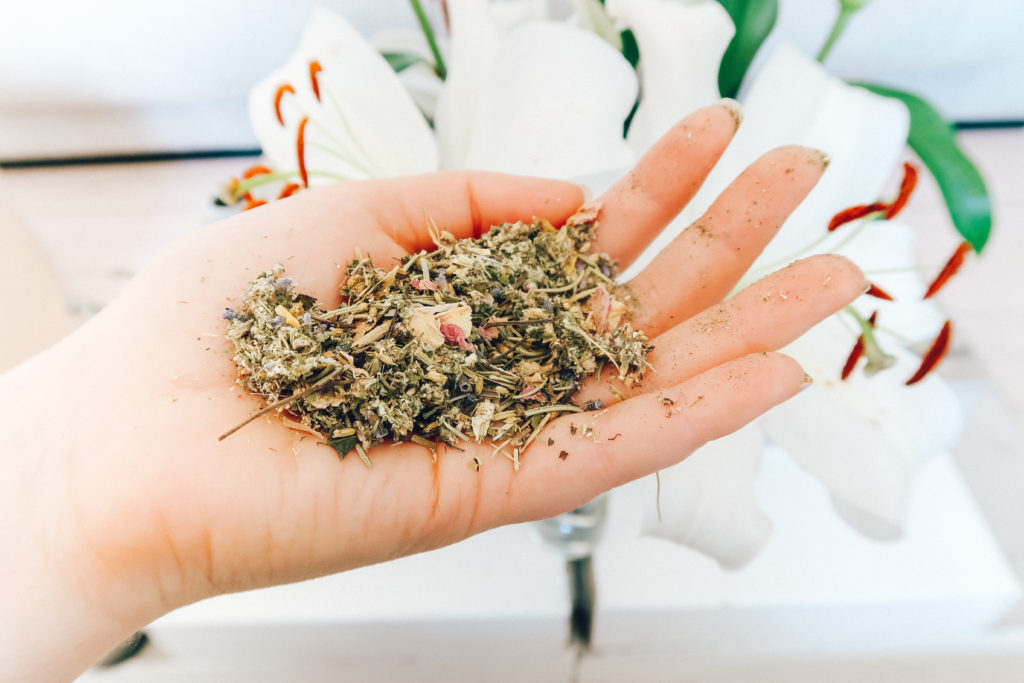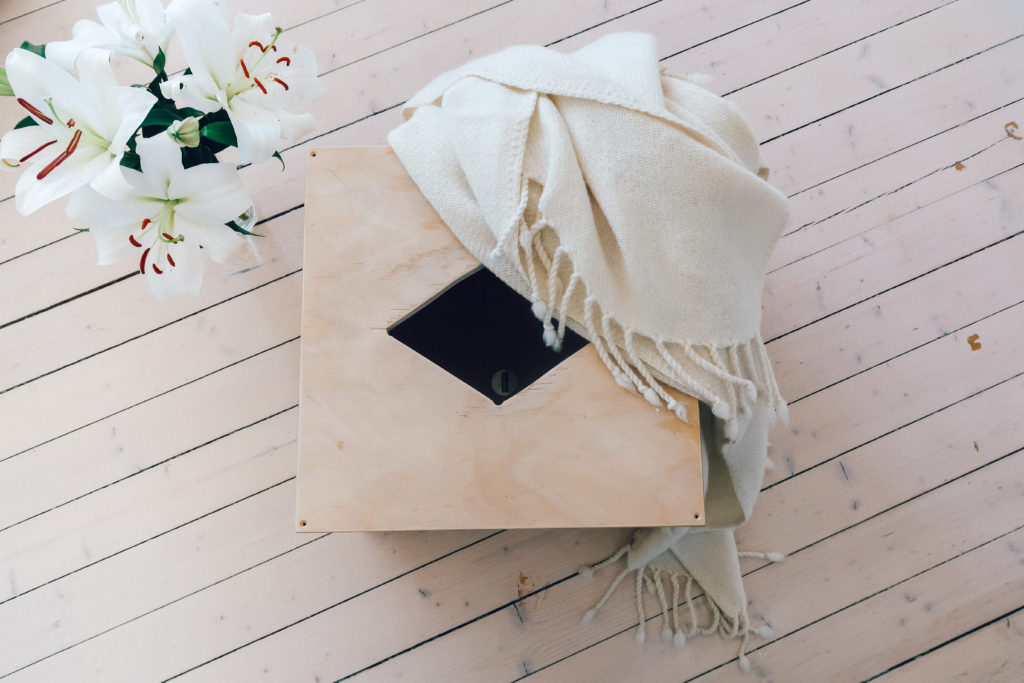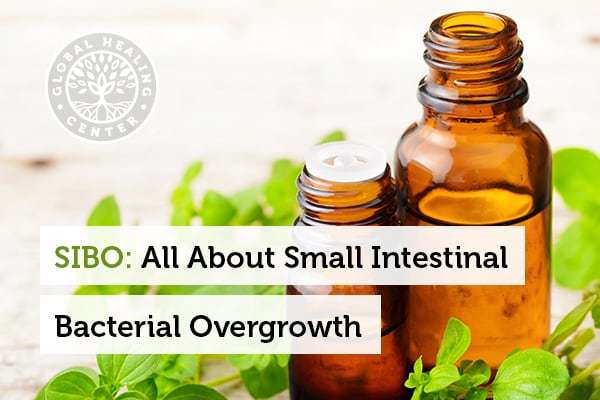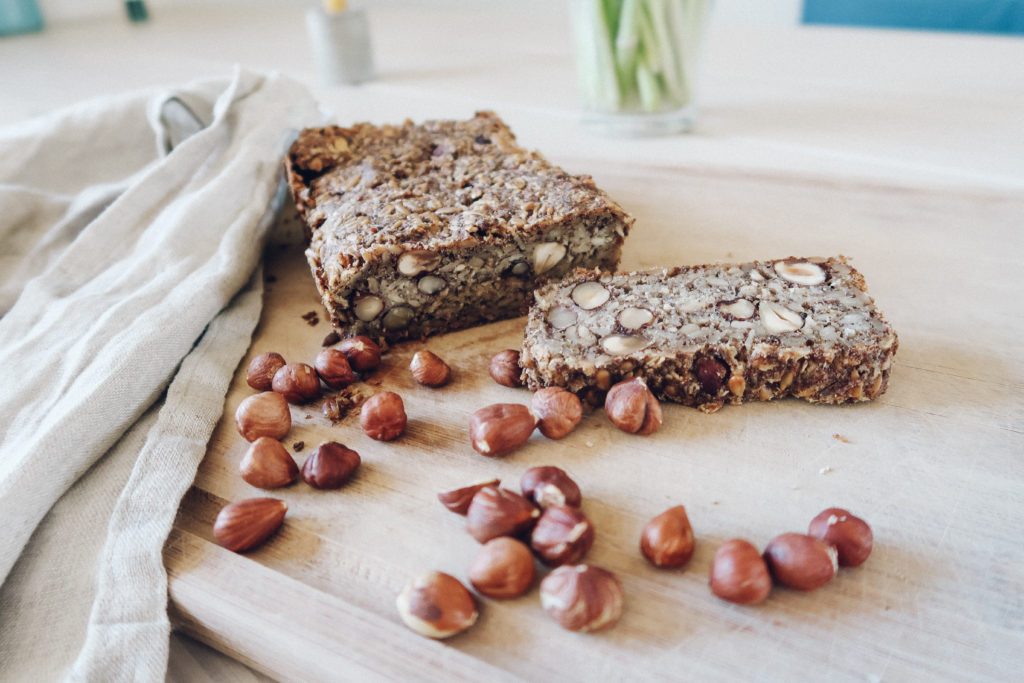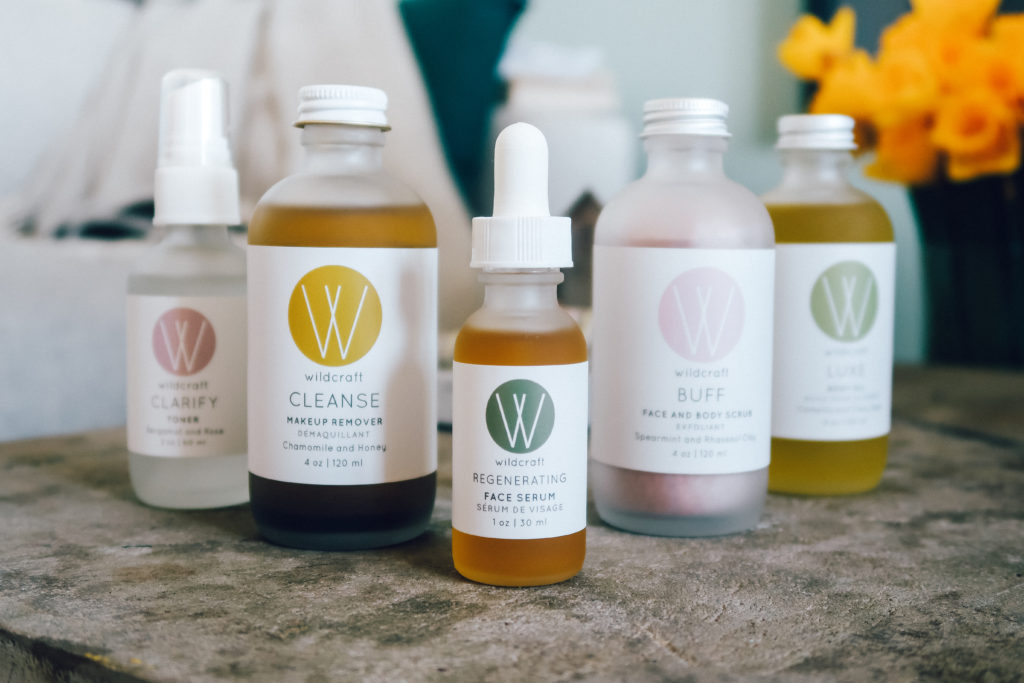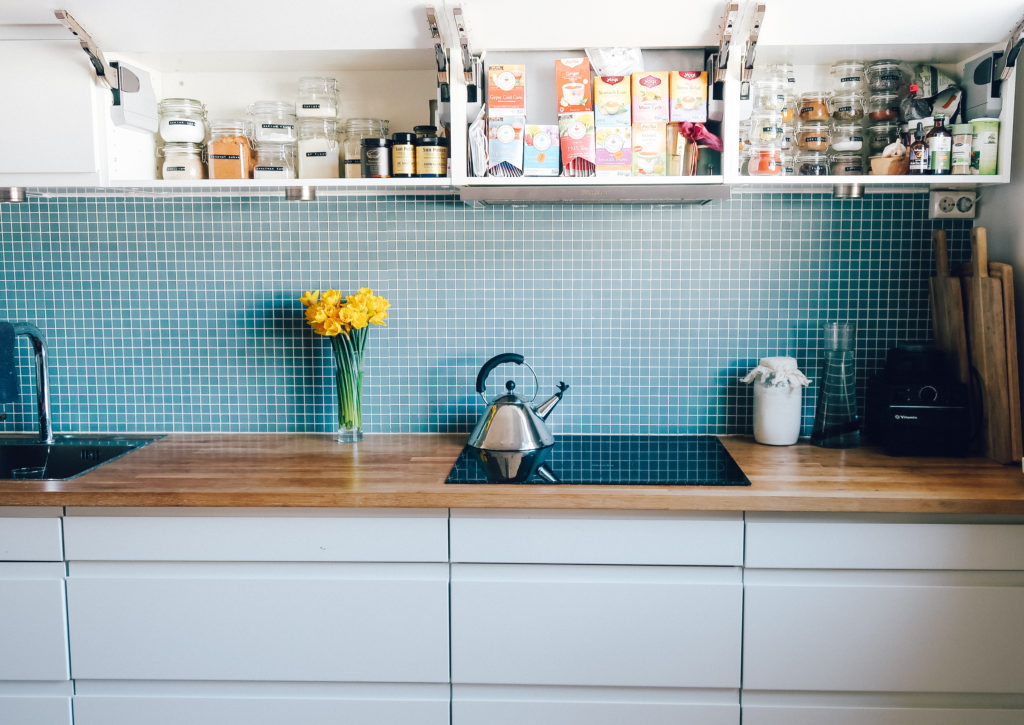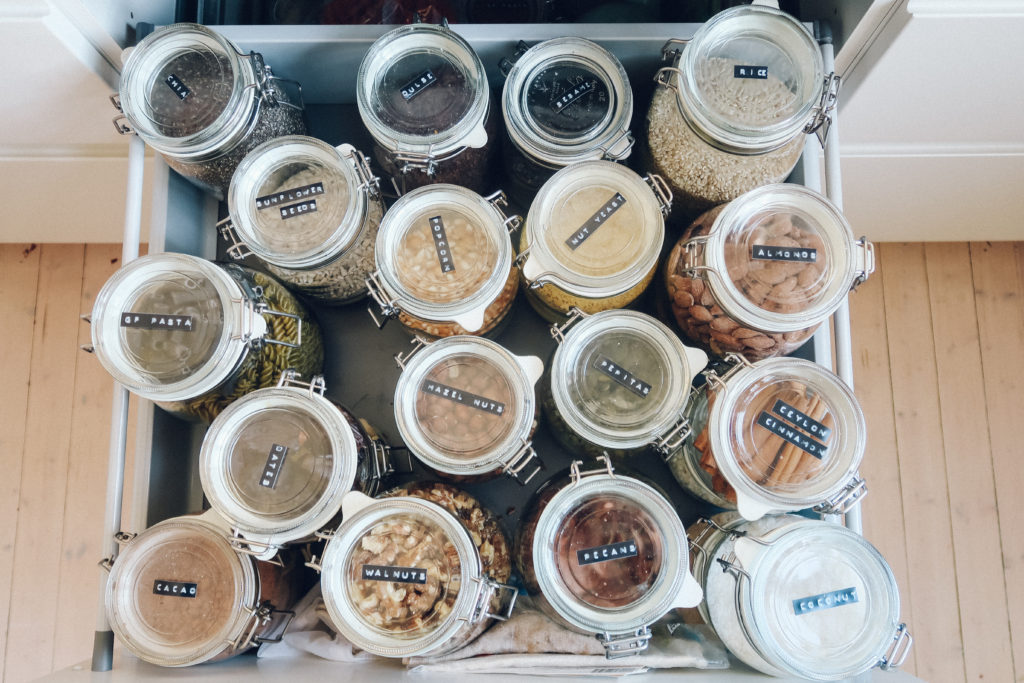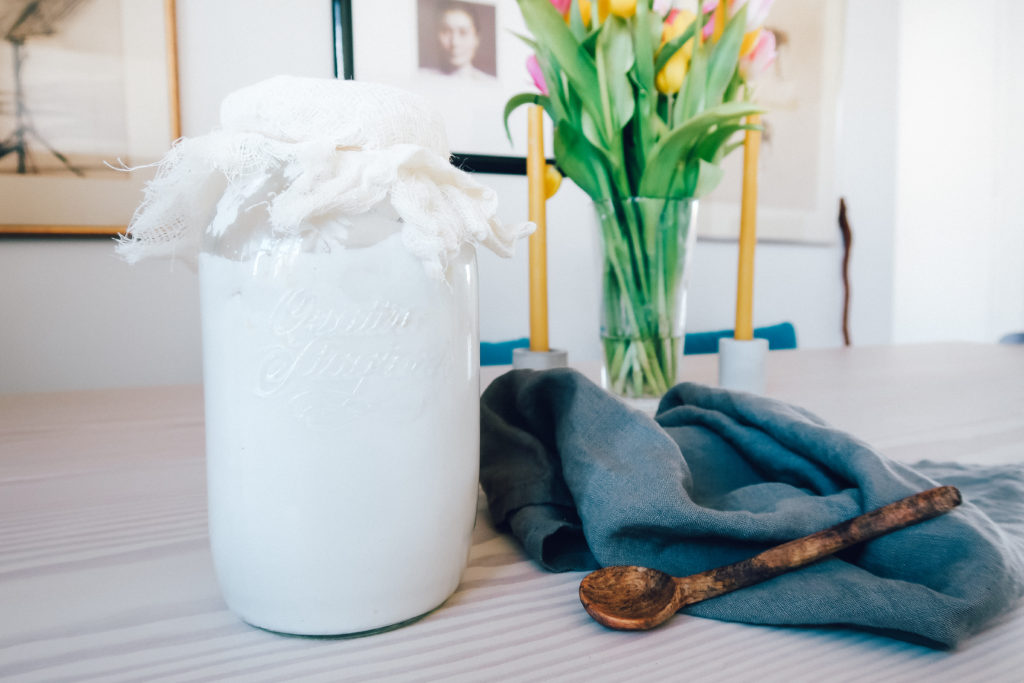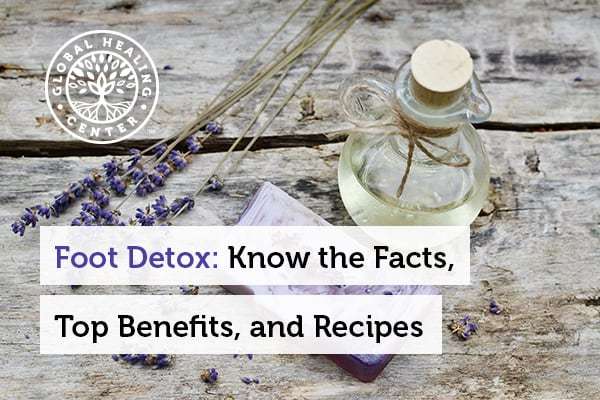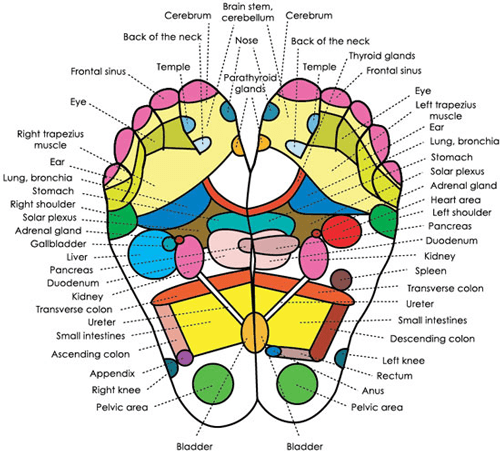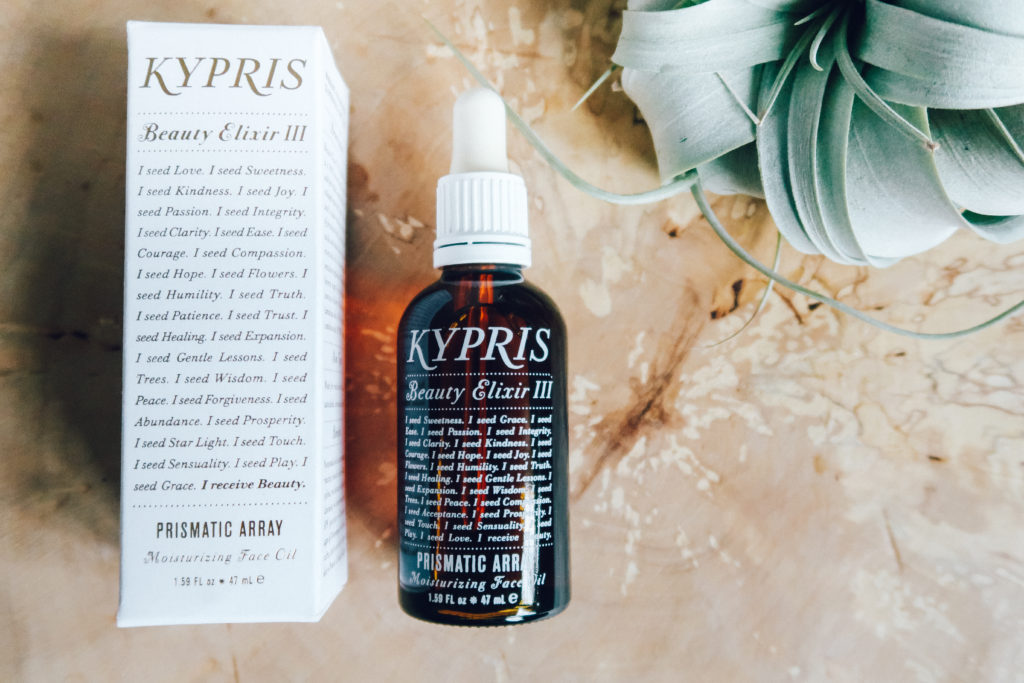
Every day, we’re bombarded with toxins: additives in the food supply, pollution in the air and water, and chemicals in the products we put on our bodies. The overabundance of common impurities that we all encounter can overwhelm our natural ability to detoxify. Many of these toxins find their way to the liver, kidneys, intestines, and colon. Cleansing is a great way to flush your body and reboot your overall well-being, and cleansing the colon can boost your natural self-healing and detox mechanisms.
The Colon & Its Function
The colon is part of the large intestine. It lies between the small intestine and the anus. A healthy colon is about two inches in diameter, between five and six feet long, and occupies most of your lower body cavity. The “U” shaped colon subdivides into four sections – the ascending colon, transverse colon, descending colon, and sigmoid colon. The primary role of the colon is to reclaim water from digested food, absorb nutrients, and provide an environment for the helpful bacteria that regulate those processes.[1]
What Is a Colon Cleanse?
A colon cleanse is a process that flushes the digestive tract to help rid the colon of harmful toxins, organisms, and accumulated waste. Colon cleanses loosen and flush accumulated waste from the intestinal walls and digestive system. Many people report that a regular colon cleanse is one of the single most effective strategies for boosting their overall wellness.
Signs Your Colon Needs Cleansing
People who follow the Standard American Diet (SAD), which is rich in dairy, meats, sweets, and processed foods, usually have accumulated waste in their digestive tract. When toxins build up, a systemic change can manifest in your body and make you feel sick.
These changes can be felt inside your body and seen and even smelled outside of your body. For example, a bad odor in your sweat or breath are signs of a toxic colon. If your diet and overall health are suffering, you may have sluggish bile production or develop health conditions such as Celiac disease, Crohn’s disease, ulcerative colitis, diverticulitis, or inflammatory bowel disease.[2, 3, 4] Unhealthy bowels may also be affected by colorectal polyps, diverticula, and colon strictures that create sluggish digestion.
The accumulation of toxins that results from eating unhealthy food can lead to an imbalance in your gut flora, allowing unhealthy organisms to take hold. One of the most harmful is a fungus called Candida albicans that can cause Candidiasis – a type of yeast overgrowth that affects the entire body.[5]
Signs that you need a colon cleanse include:
What Are the Benefits of Colon Cleansing?
Maintaining a healthy colon supports a healthy digestive system and promotes overall well-being. The colon is central to your body’s most critical functions, and it directly affects your overall health. A colon that’s overrun by toxins has a difficult time absorbing nutrients and water. Not only are your detoxification abilities affected, but the nutritional value of your food is reduced. An organic colon cleanse irrigates the bowels to get you back on track.
A Boost of Energy
Many people report that one of the biggest benefits of a colon cleanse is an increase in their energy levels. Sluggishness frequently disappears after cleansing the colon and adopting healthier food choices. We receive a lot of positive feedback from people who say colon cleansing simply makes them feel better.
Develop New, Healthy Habits
Many people kick-start healthy eating and wellness habits during their cleanse. Drinking more water, eating more fruits and vegetables, and getting exercise are all habits that keep the bowels running smoothly and get the blood flowing through the colon.
Removal of Compacted Waste
By omitting processed and fatty foods during a colon cleanse, the colon has an easier time pushing out waste that has built up. Drinking plenty of water helps flush this unhealthy waste out of your body. Certain fruits have a natural fibrous quality and help break down waste in your colon. Once this toxic matter is gone, your colon is better able to function.
Better Digestion
Most people say they experience better digestion after completing a colon cleanse. Resetting the colon helps the digestive tract process food more efficiently. Not only does this promote consistent, regular bowel movements, but it also helps relieve occasional constipation.
What Are the Different Types of Colon Cleanses?
There are a variety of colon cleansing methods and products, with varying degrees of efficacy and safety.
Dietary Cleanses
Some cleanses merely involve a change of diet and eliminating certain foods, like dairy, wheat or gluten, or meat, that cause health problems. Whether it’s temporary or a complete lifestyle change, eliminating some or all of these foods serves as a diet-based cleanse.
Meat, dairy, and processed foods that contain unhealthy additives cause waste buildup along the intestinal walls. Replacing these unhealthy foods with high-fiber, nutrient-rich fruits and vegetables, and drinking plenty of water flushes the bowels and cleanses the colon.
Simplifying your diet can make it easy to identify foods to which you’re sensitive. Some people like to cleanse with a raw or vegan diet, and then slowly reintroduce other foods. After following a simplified colon cleansing diet for seven to 30 days, you can reintroduce items. After eating a new food type, you should wait a few days before trying another type of food to note changes in your body or mood. You can also combine a cleansing diet with a colon cleanse supplement.
Colonic Hydrotherapy or Irrigation
Colonic hydrotherapy, also called colonic irrigation or colonic lavage, is performed in a clinical setting by a colonic hygienist or hydrotherapist. Although it’s a relatively common procedure, the safety of the technique has been called into question. A tube from a machine is inserted into the rectum to flush water through the intestines. The hydrotherapist may also massage the abdomen to help release waste, which is expelled through a different tube. This process is usually repeated several times and may last up to an hour.[6]
Colonic irrigation isn’t without risk. There have been reports of rectal perforation from colonic irrigation. Contaminated equipment is also a potential problem. In one clinic in Colorado in the late 1970s, contaminated water led to 36 cases of parasitic infection, ten colectomies (surgical removal of part of the colon), and six deaths.[7]
Although there are do-it-yourself hydrotherapy kits available, the services of a professional hygienist or hydrotherapist ensure optimal results and safety. Colon irrigation equipment is regulated by the U.S. Food & Drug Administration (FDA), and a professional hydrotherapist should have equipment that’s registered with the FDA. Be sure that the hydrotherapist uses filtered, purified water, and disposable rectal nozzles. If stainless steel nozzles are used, they should be sterilized by autoclave.
Enemas
An enema is like a mini colonic, although enemas only cleanse the rectum, the lower part of the colon, and not the entire digestive tract.[8] When an enema is administered, a measured amount of a liquid solution, such as mineral oil, sodium phosphate, water, or other solution, is squeezed into the rectum through a tube and bag or a bottle with a special tip. Once the liquid enters the rectum, massaging the abdomen can help loosen fecal matter. After about five minutes, the urge to defecate arises and the enema liquid and feces leave the body as a bowel movement.
Coffee enemas are a popular therapy, but there is evidence that frequent coffee enemas can cause electrolyte imbalance and dehydration. There are also reports of death from blood poisoning (septicemia) immediately after their use.[9, 10]
Enemas can be self-administered at home or in a clinical setting. Contamination is a potential issue when introducing any foreign object into the rectum. A disposable, one-time use enema is recommended for safety.
Laxatives
Americans spend more than $700 million per year on laxatives. Despite how common they are, regularly using laxatives has serious negative health effects. Laxatives are harsh, irritating to the intestines and colon, and can cause pain, cramping, and bloating. Although they may be a temporary solution for constipation, they can actually cause chronic constipation, leading users to become dependent. Worst of all, laxatives are ineffective as a colon cleanser. Their action is inconsistent, incomplete, and produces uncomfortable side effects. A recent study in The American Journal of Gastroenterology found a 49% increase in the risk of colorectal cancer in individuals age 50-76 who used non-fiber-based laxatives four or more times a year.[11]
Herbal Laxative Teas or Supplements
Some people use herbal laxative teas or herb-containing colon cleansing capsules or tablets as a natural way to relieve constipation. The most commonly used herbs used as laxatives, or for cleansing or “slimming” are:
-
- Cascara sagrada bark
- Senna
- Burdock root
- Dandelion
- Cat’s claw
- Yellow or curly dock
- Licorice root
- Slippery elm
- Artichoke leaf
- Gentian root
- Rhubarb root
- Aloe vera
Although some of these herbs are beneficial, some, particularly senna and cascara, are linked to harmful health effects. Regular use of senna and cascara laxative tea is linked to dark spotting on the inside of the colon; the long-term impact of these dark spots on overall health is not yet known. Some herbal cleansing teas contain caffeine, which stimulates the gastrointestinal (GI) tract. Caffeine, however, can adversely affect your stomach and intestines by increasing gastric acid secretion.
Other herbal teas, such as peppermint tea, offer benefits beyond cleansing. Peppermint has been studied to help patients with irritable bowel syndrome (IBS).[12] Hibiscus, black, and green teas are a source of antioxidants which may support normal blood pressure, cholesterol, and healthier organ function.[13] Turmeric, ginger, aloe, and other herbs have excellent therapeutic properties and gently cleanse the digestive system.
Fiber and Psyllium-Based Cleansing Supplements
Some over-the-counter bulk-forming colon cleansing supplements contain psyllium, a fiber-dense seed husk from the Plantago plant. When ingested, psyllium produces mucilage, a thick gooey substance that bulks up in the colon and helps move feces through the digestive system.
While fiber, and psyllium, in particular, can help with occasional constipation, they also have safety risks. Psyllium can cause dehydration, as it is highly water-absorbent. It can also increase bloating, and some individuals using psyllium have experienced allergic reactions. Some psyllium-based colon cleansers promise to clear your colon of black mucoid plaque. However, the long, stringy black substance that is defecated after taking these cleansers is merely your fecal matter combined with mucilage from the psyllium. The FDA has ruled certain psyllium-containing laxatives as “not generally recognized as safe due to potential esophageal obstruction.”[14]
Oxygen-Based Colon Cleansers
Colon cleansers that utilize ozonated (oxygenated) magnesium are another option to cleanse the colon, and they’re arguably the best. By increasing the oxygen in the gut, specifically the colon, they help liquefy the compacted waste along the colon wall so it can be expelled from the body. Ozonated magnesium cleansers also provide a boost of energy and encourage healthier digestion. Ozonated magnesium is gentle and does not remove beneficial bacteria from the colon.
Are Colon Cleanses Safe?
Most natural, dietary cleanses are safe for healthy people. However, colonic irrigation, enemas, and over-the-counter laxative pills, or certain laxative herbal teas have the potential for uncomfortable side effects, may irritate the intestines, or lead to dependency. Some herbal ingredients, like turmeric, ginger, and dandelion are safe, gentle, and assist in detoxing. But, if your goal is to fully cleanse your entire digestive system, the best approach involves a supplement made with pure ingredients that provide a gentle cleansing effect.
When performing any cleanse, dehydration may occur if you do not consume enough water. Make sure to drink several glasses of water throughout the day while you’re cleansing. People who experience trouble with their bowels, or have issues such as hemorrhoids, should consult their healthcare professional before performing a colon cleanse.[15]
What Do You Need To Perform a Natural Colon Cleanse?
I only recommend one colon cleanse plan, and below, I will provide the simple, easy steps. The colon cleanse lasts six days and includes only organic fruit, seasonings, a water mixture made with raw, organic apple cider vinegar, a probiotic supplement, and a high-quality, oxygen-based colon cleansing supplement.
Supplies Needed
The supplies needed for this colon cleanse work together to support digestive health, gut microflora balance, and the purging of toxins from the colon. You’ll need the following supplies:
Organic Fresh Fruit
The fruits recommended for this cleanse work better and are healthier if they are organic, or grown at home without chemical pesticides and herbicides. Fruits are chosen for this cleanse because they are easier on your intestines and a good source of nutrients and water. It’s best to add variety to your fruit intake daily.
-
-
- Apples
- Avocados
- Bananas
- Blackberries
- Blueberries
- Grapefruit
- Oranges
- Papaya
- Pineapple
- Raspberries
- Strawberries
- Tomatoes
- Watermelon
- White grapes
Apple Cider Vinegar and Water Mix
This six-day cleanse works best if you use an apple cider vinegar and water mix to hydrate throughout the day. It is essential to consume at least one gallon of this drink daily. The recipe is as follows:
-
-
- Start with one gallon of distilled water, then pour out four ounces
- Add two tablespoons of organic apple cider vinegar and shake well
- Add two ounces (¼ cup) of organic aloe juice
- Add the juice of half a lemon
- Mix together
- Refrigerate
If you are unable to finish the entire gallon by the end of the day, throw it out and make a fresh batch the following day.
How To Do a Colon Cleanse
Below is a daily schedule to maximize the benefits of this six-day colon cleanse. Days one through six follow the same routine. When you pick a fruit, that is the only one you will eat for that meal. Thoroughly chew and savor each bite for better digestion.
Waking Up
Make your daily apple cider vinegar mix and drink 12 to 20 ounces before breakfast. A positive affirmation first thing in the morning will put your mind on the right track for a healthy day. Saying, “I am clean and healthy,” out loud nine times will have an encouraging effect.
Breakfast
Pick one type of fruit and eat as much as you can until you are full. Choose either grapes, watermelon, grapefruit, oranges, or pineapple. If these are out of season, apples or bananas are acceptable.
After breakfast and before your mid-morning snack, drink 20 ounces of the apple cider vinegar mix and take three capsules of your probiotic supplement. Repeat your affirmation if you’d like.
Mid-Morning Snack
This should be consumed halfway between breakfast and lunch. Choose either blackberries, raspberries, blueberries, or strawberries and eat as much as you can until full. If none of these are in season, apples and bananas are fine.
After this snack and before lunch, consume another 20 ounces of the apple cider vinegar mix, and repeat your affirmation.
Lunch
Choose either apples, papayas, or bananas and eat as much as you can until full.
After lunch and before your mid-afternoon snack, consume another 20 ounces of the apple cider vinegar mix, and repeat your affirmation.
Mid-Afternoon Snack
This meal should be consumed halfway between lunch and dinner. Choose either pineapple, grapefruit, white grapes, or oranges. Eat as much as you can until full.
After your mid-afternoon snack and before your dinner, drink 20 ounces of the apple cider vinegar mix, and repeat your affirmation.
Dinner
Choose either avocados or vine-ripened tomatoes. Again, eat as much as you can until full. These foods are best eaten raw. Fresh, natural lime juice, Himalayan salt, or organic cayenne or black pepper may be used to season these foods.
After your dinner and before bedtime, consume another 20 ounces of the apple cider vinegar mix and repeat your affirmation.
Bedtime
Take six capsules of your oxygen-based cleanser with the remaining eight ounces of the apple cider vinegar mix.
Before closing your eyes, repeat your affirmation to encourage a restful night’s sleep.
Day Two Through Six
Repeat your schedule from the previous day for a total of six days. After the first day, you should have three to five bowel movements daily. If this does not occur, increase your serving of Oxy-Powder by two capsules until you achieve three to five bowel movements the following day.
Will a Colon Cleanse Disrupt my Schedule?
Most people report that they can follow the 6-day colon cleanse without any disruptions to their normal work or life schedule. Since the capsules are taken at night before bed and work through the night, your body will need to eliminate after you awake. If you start on the weekend, you can determine how your body reacts to Oxy-Powder
How to Maintain Colon Health
Once you’ve finished your cleanse, it’s important to maintain a healthy, organic diet. Eat foods that naturally help to cleanse your colon, including organic fruits and vegetables, healthy nuts and beans, and plenty of purified water. Avoiding tap water and eliminating alcohol from your diet is also highly encouraged.
Another way to maintain your intestinal tract is by using the same Oxy-Powder serving size you used during your cleanse. Taking this serving once or twice a week will keep your intestinal tract in good working order. To kick-start your cleanse, try the Colon Cleanse Kit. It has everything you need to cleanse your entire digestive tract of toxins and impacted fecal matter in less than a week.
Your Story
Have you ever done a colon cleanse? What method did you use? How did you feel afterward? We’d love to hear about your experience. Tell us your story in the comments section below.
The post How to Perform a Colon Cleanse: The Complete Guide appeared first on Dr. Group's Healthy Living Articles.
source
https://www.globalhealingcenter.com/natural-health/colon-cleanse-guide/

